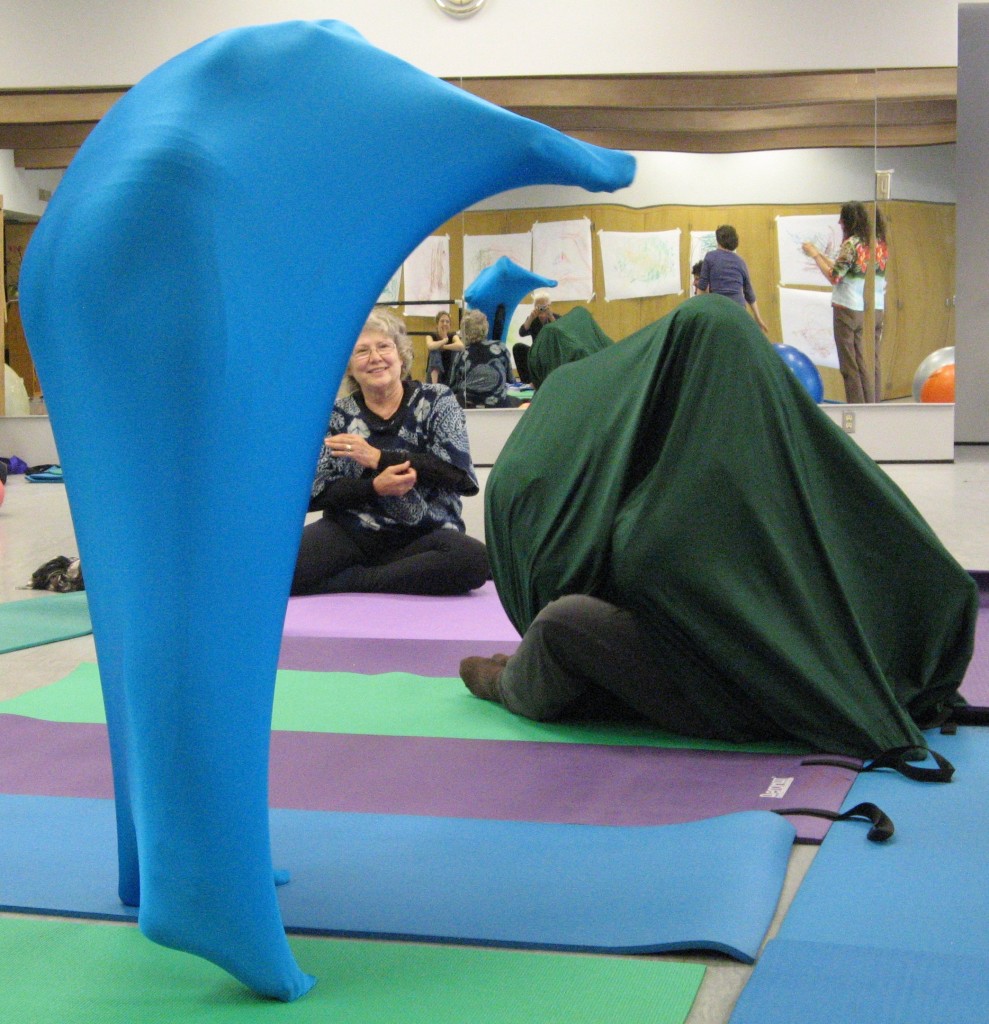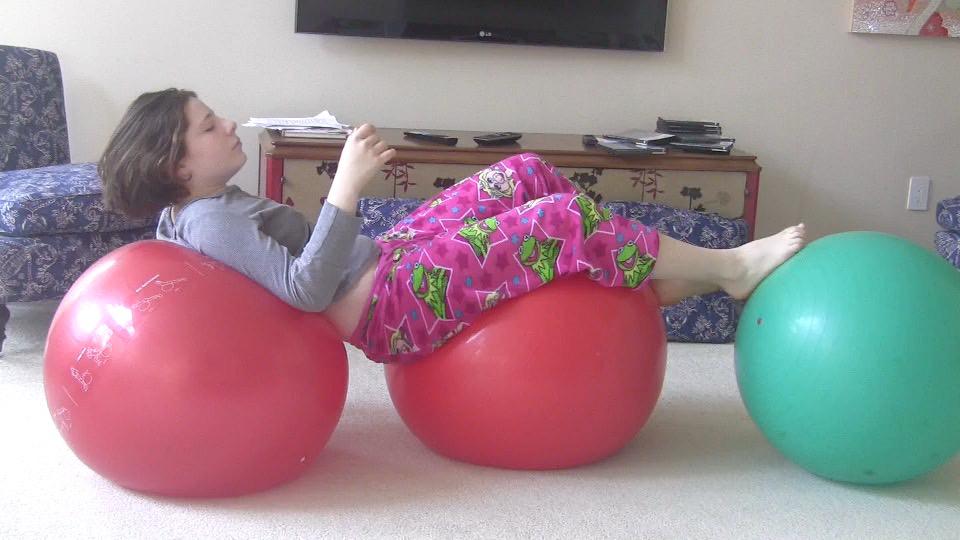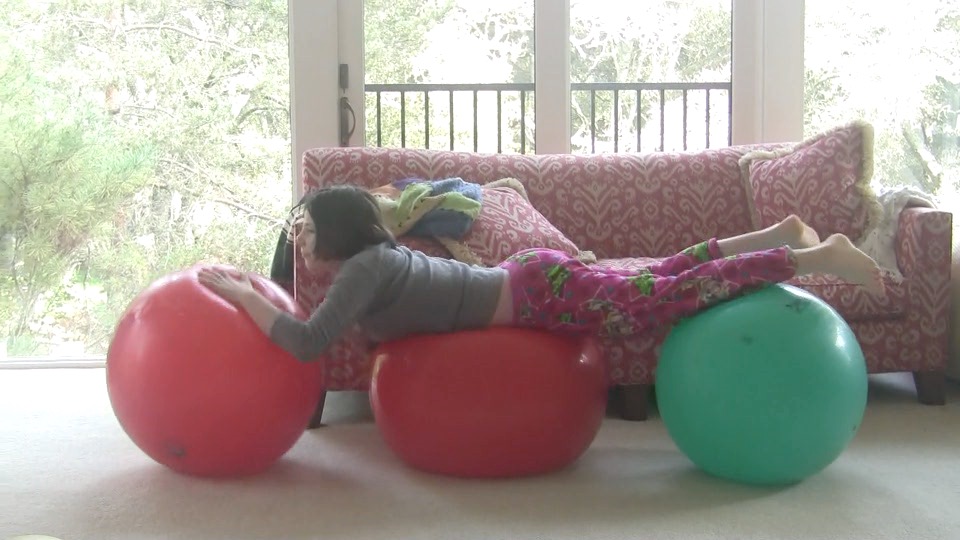We navigate the world without thinking about it, but this navigation depends upon our senses and the successful processing of all the information coming in through our senses. Sensory Integration happens all the time in the brain, allowing us to play games, go grocery shopping, drive, climb ladders, or just walk down the sidewalk. Many children and adults have sensory processing issues that go unrecognized. Children with sensory issues sometimes get diagnosed with other disorders such as Autism Spectrum Disorder or ADD/ADHD. Often kids with milder forms of sensory processing problems don’t get diagnosed with anything, but get labeled as difficult, clumsy, or antisocial.

Working with movement, balance, sensory input, and hands-on support can help a child or adult build a foundation for more successful functioning in the world. This can include increased physical skill, ability to tolerate social and sensory information, better balance, and greater ease.
The senses include not only seeing, hearing, touching, smelling, and tasting, but also include proprioception (self-sensing: we have receptors in muscles, tendons, and joints that give us feedback about our bodies.) and our vestibular sense, which tells us where we are in relation to gravity. I also include our kinesthetic sense, which isn’t a true sense but is our perception of movement, based in several of the senses.
The senses all work together to create a whole picture of ourselves and the world around us. When there are processing issues, it means the brain is either not receiving, not recognizing, not filtering or distinguishing, or is having trouble modulating or integrating input from more than one sense at a time.


During infant and child development we build our sensory capacity through interacting with the physical world. This active engagement links movement patterns with sensory input. People with sensory processing difficulties can experience either a low threshold, meaning they get over-stimulated quickly, or a high threshold, meaning they appear insensitive or nonresponsive to stimulation. Sometimes people can be hypersensitive in one sense and hyposensitive in another.
Often we have a preferred learning modality, such as those who learn more easily visually, and those who prefer to learn auditorially. Any child who prefers to learn kinesthetically (ie., through movement or action) will have challenges in most school settings that emphasize visual and auditory learning. If this child also has sensory processing issues, he may appear hyperactive or even aggressive.
Movement is key for sensory integration in both hyper- and hyposensitivity. The brain is designed to coordinate the information we get through our senses with our ability to move. When there are sensory processing issues we sometimes see motor planning issues, coordination problems, and slow learning in physical skills. Combining movement with sensory input in specific ways can help with sensory-motor coordination.
The goal in Body Learning movement therapy is to increase comfort, ease, functionality and ultimately success for the child or adult. It is never too late to address sensory processing challenges.
Recommended Reading:
The Sensory-Sensitive Child by Karen A. Smith and Karen R Gouze
This is my favorite resource. The two Karens have created a well-written and heart-felt book that every parent with a child with sensory needs should read. It contains useful lists of behaviors to notice and strategies to try.
Mixed Signals by Mary Lashno, OT
This book shares case studies and each has a list of strategies and suggestions for fun activities. She has created a simple chart outlining hyper- and hyposensitive traits – to help with assessment.
Helping Hyperactive Kids – a Sensory Integration Approach by Lynn J. Horowitz, OT and Cecile Rost, PT.
This looks at sensory integration through the lens of hyperactivity. Though the book suffers from poor editing, it’s still a great resource and contains useful suggestions. There is a parent checklist in the back to help with understanding your child.
